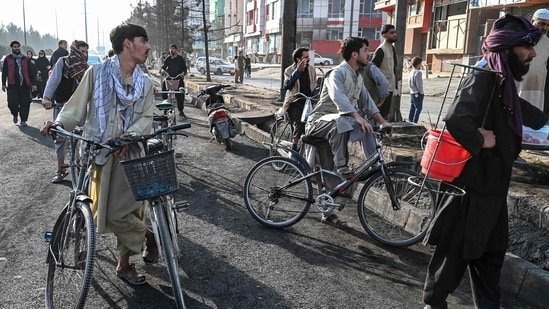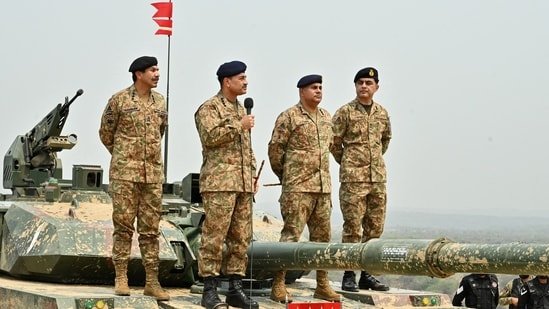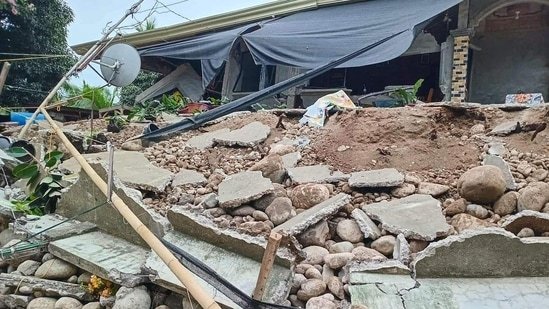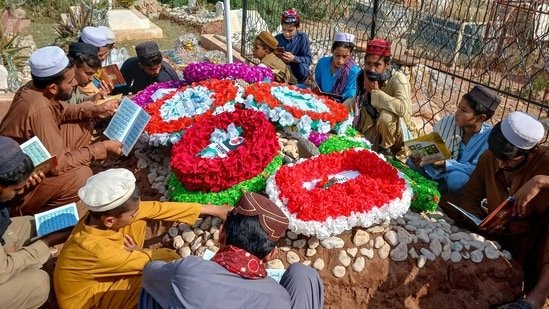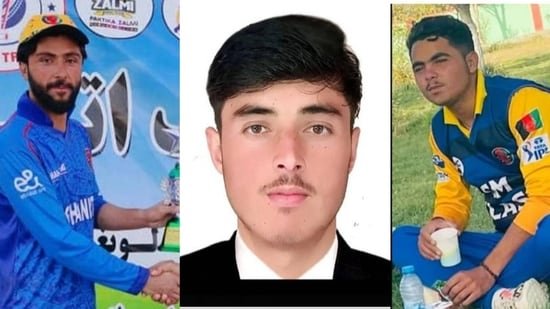Israel and Hamas may have agreed to the first phase of President Donald Trump’s peace plan, but major hurdles remain to permanently end the hostilities that have caused chaos, death and devastation for more than two years in the region.
Several elements of the president’s multipronged road map conflict with Hamas’ interests, including a call for the U.S.-designated terrorist group to disarm and for Gaza to be temporarily governed by a Trump-led council of nations. There’s also questions about the structure and logistics of an international peacekeeping force that would be deployed to Gaza.
“We have to be careful to constantly sort out what has been achieved,” former U.S. deputy national security adviser Ben Rhodes told MSNBC.
He added that there were “key areas of differences” between the two parties.
“If those are not addressed, we could be sitting here in a couple of months with Israeli military operations resumed in the Gaza Strip,” Rhodes said.
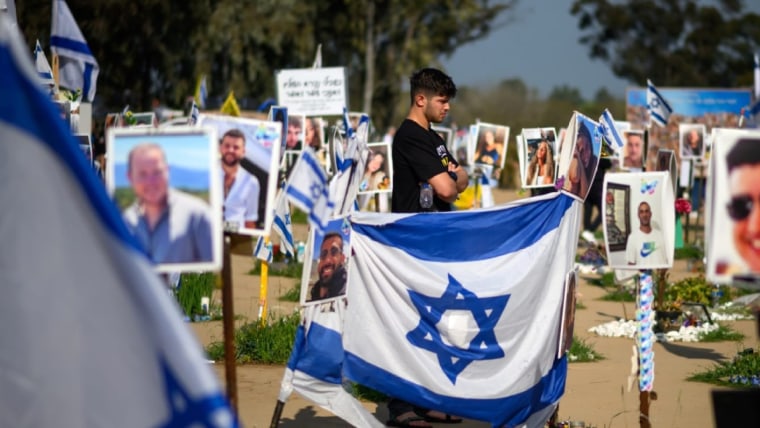
The initial step of Trump’s 20-point blueprint — a hostage-and-prisoner exchange set to begin early next week — comes with its own challenges. Prime Minister Benjamin Netanyahu’s government finalized a list of Palestinian prisoners set to be released, which could include individuals accused of orchestrating major terrorist attacks. That’s a significant point of political tension in Israel.
Lianne Pollak-David, a former adviser to Netanyahu who served as a negotiator to Israel’s Palestinian counterparts, noted that Hamas has a history of playing “tricks” in past hostage releases, including sending the wrong dead body to relatives. “If something of that sort goes wrong, that could blow up the whole thing, the whole deal,” she said.
But Trump’s expected travel to the Middle East on Sunday, with visits to Israel and Egypt, could put pressure on both sides to uphold their ends of the bargain. A stop in Gaza was initially considered, but ultimately ruled out, said a White House official, who stressed that the president’s travel plans remain fluid and subject to change. Trump’s presence in the region, shortly before hostages are expected to be released, “brings a certain gravitas to the process,” Pollak-David said.
Here’s a deeper look at some of the key sticking points to watch in the White House’s peace plan:
Disarmament of Hamas
Leaders of Hamas have previously said they would be unwilling to disarm during the course of negotiations with meditators that have stretched on for more than a year. However, a senior U.S. administration official downplayed concerns about disarmament, arguing that private communications don’t match up with those public statements.
Hugh Lovatt, an analyst at the European Council on Foreign Relations, believes members of the political wing of Hamas — who are mostly based in Qatar — are open to surrendering offensive weapons. Such actions could include destroying missiles, production facilities and underground attack tunnels.
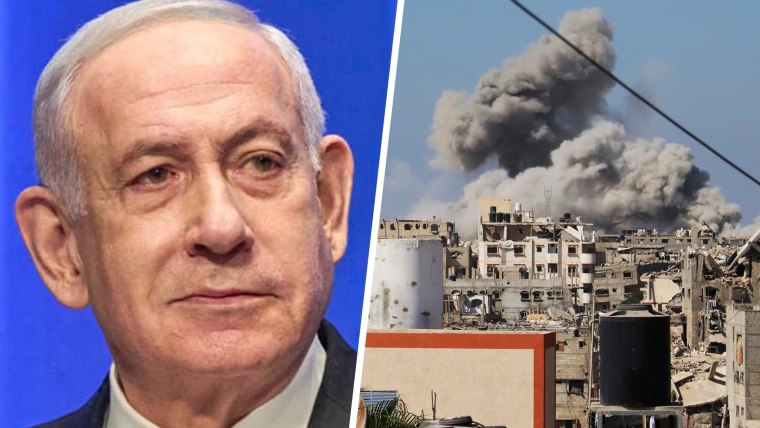
“Hamas has stuck quite hard to many of its red lines, but on the question of decommissioning, to use their words, that is something where there has been the most notable shifts,” Lovatt said.
But Lovatt also stressed that much is still unknown in terms of implementation.
‘Board of Peace’
Governance of Gaza remains a complex and politically charged issue. Israel is opposed to a governing structure that consists of only Palestinians, while Palestinians are ultimately looking for self-determination.
In Trump’s proposal, the administration describes a temporary apolitical committee of “qualified Palestinians and international experts.” A council of foreign leaders — one that includes former British prime minister Tony Blair and is chaired by Trump — would then oversee the committee.
Trump’s role at the helm, according to Lovatt, is seen as a positive by some Arab countries, suggesting that the White House has a longer-term stake in remaining involved in the process.
“The idea of an international oversight committee is a way of trying to square that circle between Israeli demands and Palestinian expectations,” Lovatt said. “If the board has sweeping powers over Gaza’s legislation, judiciary, real estate, then that’s a problem. If it’s more of a supervisory capacity, then that’s much more in line with Palestinian demands.”
International Stabilization Force
U.S. Central Command — more colloquially known as CENTCOM — is leading a joint task force of armed forces from various countries, including up to 200 American personnel who will be responsible for ensuring that phase one is completed without violations of the agreement.
Egypt, Qatar, Turkey and the United Arab Emirates also would provide armed forces to be embedded in the group. It’s possible some of those U.S. personnel could be on the ground in Israel, according to a White House official. But the personnel are not “intended” to enter Gaza, another official said.
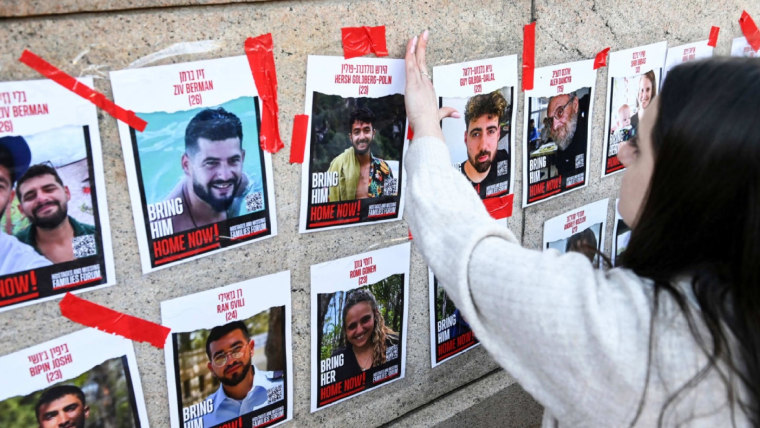
Ultimately, Trump’s framework aims for an international peacekeeping force to be established to replace Israel’s troops in Gaza. Discussions continue with multiple governments on the force’s creation, according to senior administration officials.
Those talks could address open questions about funding and the logistics of the force. But a well-defined mandate of the force remains a bigger question. And whether the force would simply be involved in deconfliction, or whether counterterrorism and intelligence efforts also would be part of the force’s mission, remains to be seen.
Lovett said the risk is that any international force gets stuck in Gaza without a clear timeline for a two-state solution. That lack of clarity, Lovatt added, is perhaps the most significant challenge ahead for all parties involved.
“The U.S. effort is not really dealing with the root causes, which is Israeli political, public opposition to a two-state solution” and “a very dysfunctional Palestinian political landscape,” Lovatt said.
“At best case, it’s a stepping-stone or two towards that,” he said.

